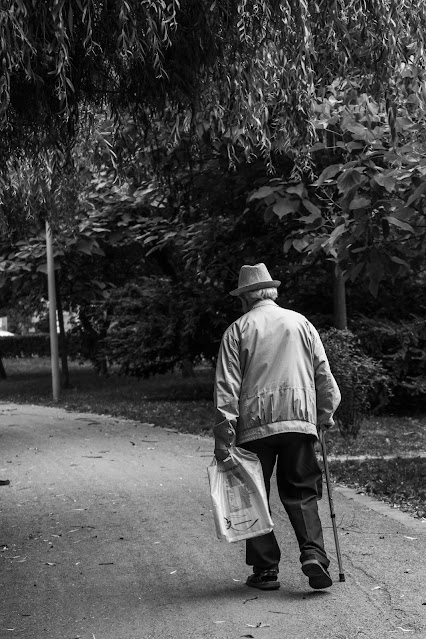Have you heard of porous or brittle bones? Do you know any person who is elderly and has had fractures frequently?
Well! that can be due to a medical condition of bones, Osteoporosis. Let us know more about the signs and symptoms, causes, risk factors that contribute to it and the treatment approaches.
What is osteoporosis?
Osteoporosis is a bone disorder that makes the bone go porous due to the changes in the structure of the bones. These changes result from the decreased mineral density and decreased bone mass. When the bones become porous, they are just like hollow things and thus tend to break more easily causing bone fractures.
It is commonly seen as we age and in both gender; elder women are more affected. The slightest stress such as bending a little or hard coughing or excessive jerk can cause to break a bone in the body.
Which bones in our body can be affected with osteoporosis?
Osteoporosis can happen in almost any bone of our body. The most common ones,.however are the hips,ribs,vertebrae, wrist, etc.
What are the symptoms of osteoporosis?
Osteoporosis is a silent skeletal disease; it does not show its symptoms unless the situation puts a person in trouble such as bone fractures. These are called fragility fractures. In normal scenario a healthy person would not break his bone on minor fall or stretch, but in osteoporosis even mild stress or exertion may sometimes break a bone in your hip, rib or spine or wrist, etc. Fragility fractures are the most common symptom of osteoporosis.
Bone in osteoporosis undergoes structural changes over time and this may not show any symptoms in the early period. Once any of the bone experiences fracture, there can be associated symptoms felt that can help to diagnose osteoporosis:
Some of these symptoms can be:
- Pain in the hip after a person has hip fracture
- Back pain may be due to the fractured vertebrae
- Lower back pain
- Feeling discomfort and pain while walking
- Deviation in normal gait
- decrease in the height or stooped posture, bending too much forward
Who is at risk for osteoporosis?
- It is seen in older people. Elderly men and women are at risk.
- Menopausal women as compared to men have often been reported to have osteoporosis.
- Family history of fractured hip or osteoporosis
- People with short stature are believed to be at risk due to the less bone mass from their birth.
- Hormonal imbalances may put you at risk of osteoporosis. Thyroid gland disorders, parathyroid disorder, less estrogen and less testosterone, etc. can cause to develop osteoporosis.
- People with certain medications such as steroids;long term use of oral or injected steroids may weaken your bones.
- People who have less dietary intake of calcium and Vitamin D can have a risk to develop osteoporosis.
- People with deficiency of minerals like calcium and phosphorus.
- People who have deficiency of Vitamin D.
- People who have an inactive or a sedentary lifestyle may be at risk of osteoporosis.
- People who have medical conditions such as osteoarthritis,rheumatoid arthritis, bowel disease, etc. are at risk.
- People who are addicted to tobacco use and alcohol or smoking may be at risk of osteoporosis.
- Risk of falls
- Bending posture or hunched back posture
- disability and reduced quality of life
How is osteoporosis diagnosed?
- X-ray/CT scan
- Bone density test
- Ultrasound scan
How can osteoporosis be prevented? Is it possible to prevent osteoporosis?
- Diet : Diet rich in calcium and vitamin D to ensure bone health
- Exercise: exercise makes your bones healthy and it helps in replacing the old bone cells to the new ones.
- Lifestyle changes: being active physically can make your bones perform naturally active. You need to avoid or quit tobacco and alcohol.
- Sunlight: Exposure to sunlight daily for few minutes on a regular basis can help your body to produce Vitamin D.
What is the treatment of osteoporosis?
- Nutrition
- Exercise
- Treatment of fractures
- Prevention of falls
- Changing lifestyle and habits
- Rehabilitation to live life better
Note: This blog post is for educational and informational purpose only. It is not a substitute for any medical advice or treatment. Seek your doctor's help in any case.


Comments